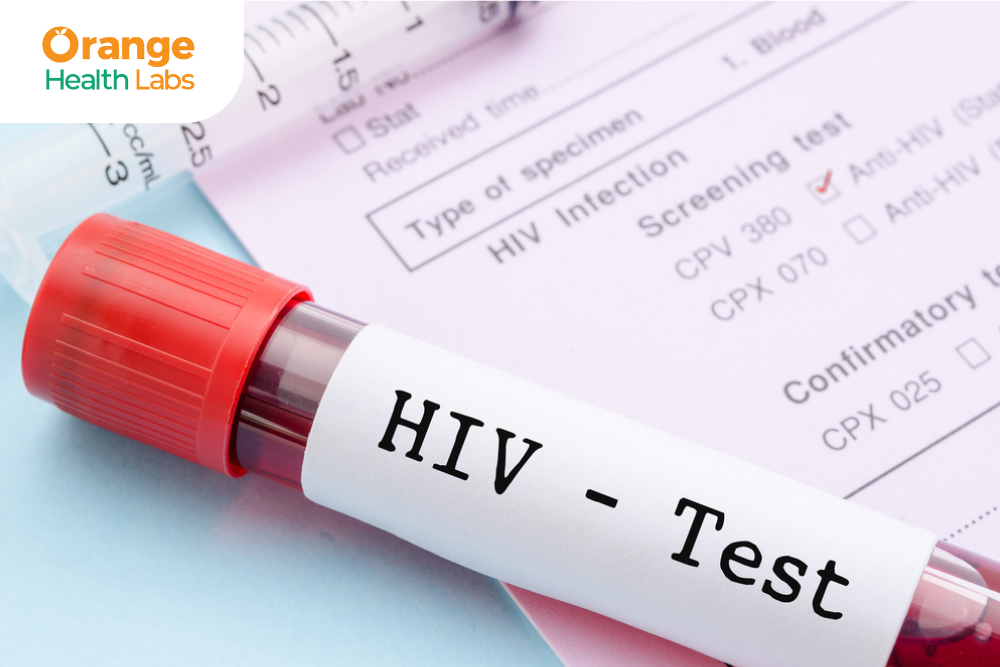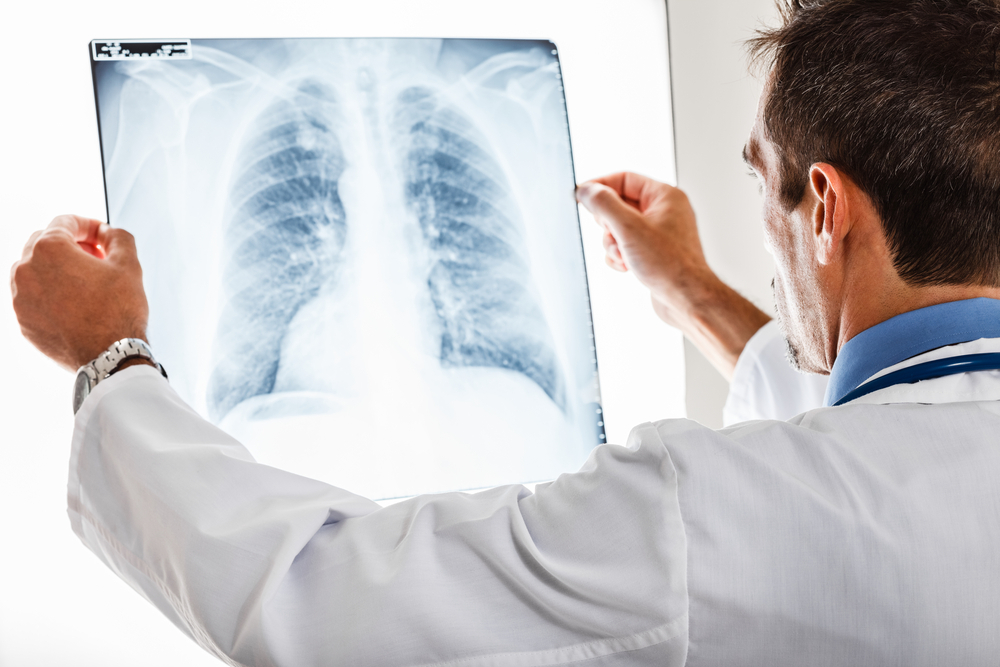Search for tests or checkups
SupportThe Importance of Early HIV Detection: A Medical Perspective

Introduction to HIV and Prenatal Care
In the world of medicine, few viruses have garnered as much attention and concern as the human immunodeficiency virus (HIV). This microscopic foe targets our body’s immune system, leaving it vulnerable to a host of complications. Left untreated, HIV can progress to acquired immunodeficiency syndrome, commonly known as AIDS, a condition with devastating consequences. Despite the absence of a definitive cure, there's hope on the horizon, thanks to the strides made by modern medicine.
Even with these advancements, HIV continues to pose a significant global health challenge, affecting millions of lives worldwide. In the context of prenatal care, managing HIV takes on a critical role in safeguarding the health and well-being of both mother and unborn child. Prenatal HIV test serves as a vital tool in ensuring optimal maternal and foetal health outcomes. By detecting HIV early, healthcare providers can initiate timely interventions to mitigate its impact and reduce the risk of transmission to the baby.
Why HIV Testing Is Integral to Prenatal Care
HIV testing in prenatal care offers hope by significantly improving outcomes for pregnant women and their babies, due to the following benefits:
Early Detection Benefits
Women with HIV face risks like premature birth, stunted growth of the baby in the womb, anaemia, and even loss of the baby. Early detection of HIV allows treatment to be initiated right away, setting the stage for a healthier journey for both expecting moms and their babies. The Centers for Disease Control and Prevention (CDC) highlights that early detection and treatment of HIV can reduce the chances of passing HIV to the little one.
Reducing Mother-to-Child Transmission
Research indicates that early initiation of antiretroviral therapy (ART) can greatly reduce the risk of mother-to-child transmission (MTCT) of HIV. Without testing and treatment, the risk of HIV transmission to the child can be as high as 15-45%. However, with appropriate interventions such as ART and elective cesarean delivery, this risk plummets to less than 1%. These statistics underscore the critical role of HIV testing in preventing mother-to-child transmission of HIV and safeguarding the health of newborns.
Treatment Options During Pregnancy
ARTs have revolutionised the management of HIV, including during the delicate phase of a woman’s life – pregnancy. These medications not only improve the health of the mother but also significantly reduce the risk of transmission of HIV to the child from the mother. Pregnant women living with HIV need to have access to appropriate treatment options to safeguard their health and that of their unborn child. Zidovudine is one of the commonly prescribed medications in pregnant women to prevent transmission of HIV to the child. When selecting ART for pregnant women with HIV, consideration should be given to the durability, tolerability, and simplicity of the treatment regimen to ensure patients adhere to it.
In 2022, a whopping 82% of expectant and nursing mothers with HIV worldwide were tapping into antiretroviral therapy, a significant increase from 46% back in 2010. This led to a remarkable 58% drop in new HIV cases among children between 2010 and 2022, which is the lowest percentage since the 1980s. This highlights the safety and effectiveness of ARTs in safeguarding HIV-positive pregnant women and their babies.
HIV Testing Process in Prenatal Care
When and How Testing is Done?
HIV test is a blood test done by collecting a blood sample from your vein. It is recommended that all pregnant women undergo HIV testing during their first prenatal visit. In fact, it is advisable to get an HIV test done while planning to conceive for better results. In cases where initial tests are negative but there's an ongoing risk, repeat testing may be recommended during the third trimester. Also, if you are HIV-negative, but your partner is infected with HIV, speak to your doctor regarding medicines to prevent HIV. These medicines used to prevent HIV are known as pre-exposure prophylaxis.
Understanding the Results
A positive HIV test result during pregnancy can understandably be daunting. HIV can pass to the child through the placenta before birth, through contact with blood and vaginal fluids during birth and through breast milk after birth. Behaviours like smoking and drinking could increase the risk of MTCT. However, it's important to understand that with appropriate medical care and treatment, women living with HIV can have healthy pregnancies and give birth to HIV-negative babies.
Conversely, a negative result can provide reassurance; however, women with a high risk of HIV should take appropriate preventive measures and consider repeat HIV tests during the third trimester.
Global Health Guidelines and HIV Testing
Recommendations by WHO and CDC
The World Health Organization (WHO) and the CDC provide comprehensive guidelines on HIV testing in prenatal care that emphasise the importance of routine HIV screening for all pregnant women to improve maternal and child health outcomes.
The WHO strongly recommends testing and counselling for HIV as a crucial part of the care package for expectant mothers in all prenatal care facilities to eradicate HIV MTCT.
As per CDC guidelines, it's crucial to prioritise HIV testing universally for all expectant mothers, to be conducted as early as possible during their pregnancy journey. For those identified as high-risk individuals, repeat HIV screenings should be integrated into their third-trimester prenatal care.
Addressing the Stigma Around HIV Testing
Societal Perceptions and Realities
Despite significant progress in HIV prevention and treatment, stigma remains a barrier to HIV testing, particularly among pregnant women. Fear of discrimination, social exclusion, and judgment often deter women from seeking HIV testing and care. These effectively lead to the nondisclosure of HIV status, avoidance of health services, unmet prevention needs, reluctance to test or treat, lack of counselling, substandard or no care and denial of treatment or involuntary treatment. It's crucial to address these societal perceptions and create supportive environments that encourage HIV testing and access to care.
Counselling is a game-changer in expectant mothers with a positive HIV test. It plays a crucial role in preventing MTCT. Counselling also helps women with positive HIV test results to access the available ART to prevent MTCT and improve maternal and foetal health outcomes.
Conclusion
HIV testing is not just a routine screening measure; it's a critical component of prenatal care that can have profound implications for maternal and child health. By detecting HIV early, initiating appropriate treatment, and addressing stigma, we can work towards preventing MTCT of HIV and ensuring healthy outcomes for mothers and babies. It's imperative that pregnant women consult a healthcare provider, undergo HIV testing, and access the necessary support and care throughout their pregnancy journey.
tant.
Book HIV Test in your city: HIV Test in Mumbai | HIV Test in Bangalore | HIV Test in Noida | HIV Test in Hyderabad | HIV Test in Gurgaon | HIV Test in Faridabad | HIV Test in Delhi

STDs in Older Adults: Addressing Risks and Encouraging Testing

The Role of HIV Testing in Prevention and Treatment
